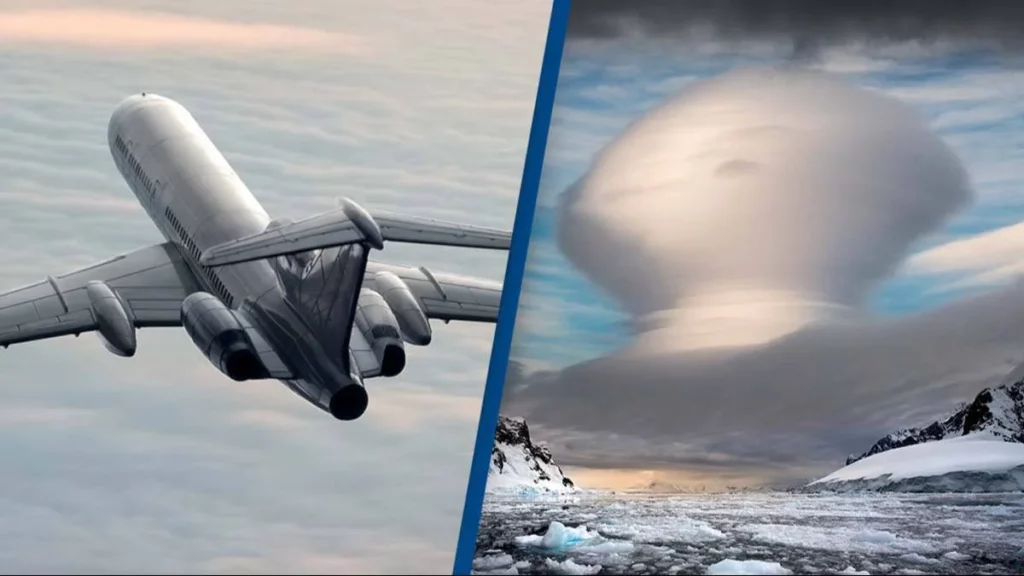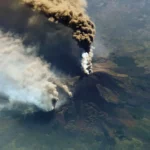NASA’s Chill Pill for a Feverish Planet
In a move that might sound like science fiction, NASA has proposed a frosty solution to combat the scorching issue of climate change: injecting the atmosphere with millions of tons of ice. Imagine fleets of high-altitude aircraft, not unlike modern-day cloud seeders, embarking on a mission to cool Mother Earth by dispersing ice particles sky-high.
The Science of Cooling
This chilly strategy hinges on a simple yet profound concept: freeze water vapor before it can morph into greenhouse gases, the notorious culprits behind Earth’s warming embrace. By introducing ice particles into the stratosphere, NASA aims to dehydrate this critical layer, curtailing the formation of heat-trapping gases. It’s an audacious plan devised in collaboration with the National Oceanic and Atmospheric Administration (NOAA), marking a foray into ‘geoengineering’—humanity’s toolkit for climate intervention.
A Frigid Future or a Frosty Fable?
Joshua Schwarz, a physicist from NOAA and the lead author of this frostbitten fantasy, cautions that we’re skating on thin ice. The current technology and understanding of atmospheric science are not yet advanced enough to launch such an ambitious endeavor. Moreover, even if this icy intervention were possible today, it would only dial back the thermostat by a fraction—hardly a match for the fiery fury of CO2-induced warming.
Not a Silver Bullet, but Perhaps a Snowflake
While the notion of combating heat with ice may offer a glimmer of hope, Schwarz emphasizes that this plan is no panacea. The real battle against global warming will be won in the trenches of carbon pollution reduction. Yet, as we march toward a sustainable future, the concept of geoengineering offers a fascinating glimpse into the potential arsenal at humanity’s disposal.
As we hover at the precipice of planetary peril, NASA’s proposal serves as a reminder of the innovative spirit that defines our species. Whether the ice particle strategy becomes a cornerstone of climate strategy or remains a cool concept, it underscores the urgent need for action and the boundless possibilities of scientific exploration.






